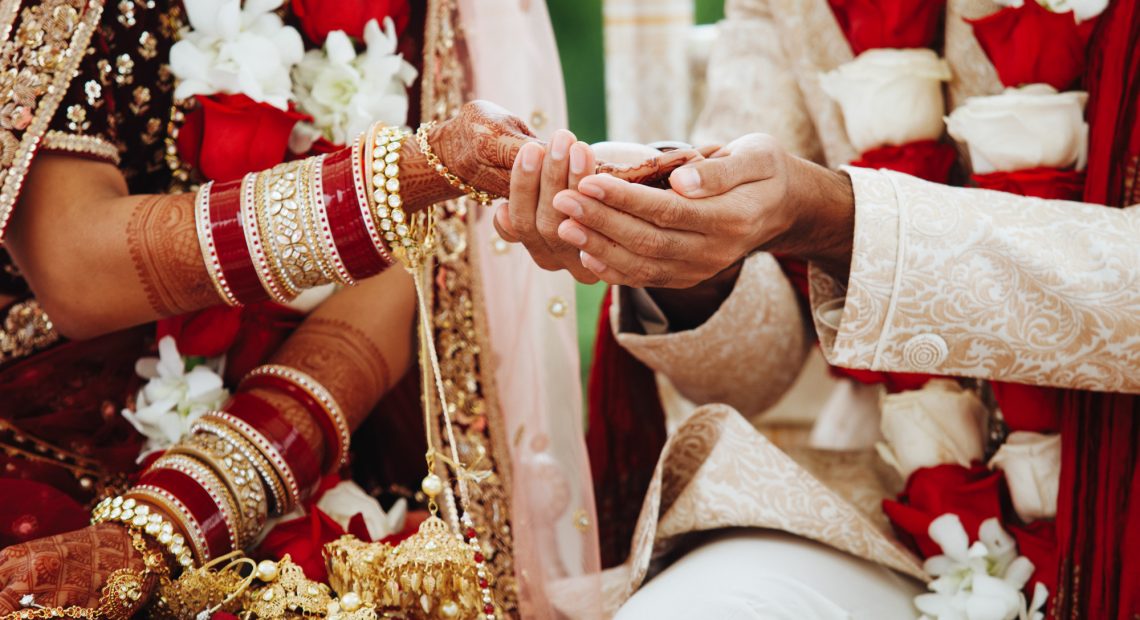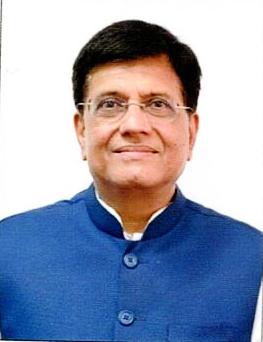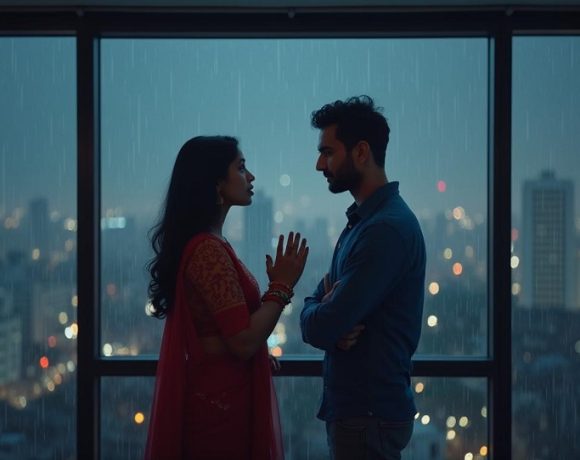
Shaadi 2.0: Why Indian Marriages Are Logging Out Faster Than Ever Before
Marriage, the ultimate desi rollercoaster, has been the cornerstone of Indian society for centuries. It’s where Bollywood meets sanskaar, where two people (and their families, neighbors, and distant relatives) embark on a lifelong journey of compromise, chai, and chappals being thrown. But as the latest trends suggest, the new generation is fast-forwarding through this rollercoaster and hitting the “exit” button faster than our parents can say, “Beta, shaadi mein sab adjust karna padta hai.”
Let’s dive into how the previous generation made their marriages work while the modern one—armed with counseling apps, relationship retreats, and infinite WhatsApp forwards—finds it easier to part ways.
The Great Indian Patience Olympics
Our parents’ generation didn’t just stay in marriages; they endured them with the grit of Olympic athletes. Misunderstandings? “Arre, beta, thoda samjha karo.” Financial stress? “Humne bhi LPG ki line mein lagke pyaar nibhaaya hai.” Emotional disconnect? “Shaadi love ke liye nahi, duty ke liye hoti hai.”
Patience, dear millennials, wasn’t a virtue back then—it was a survival tactic. Divorce was unheard of, not because marriages were perfect, but because no one wanted the aunties from three lanes over to dissect their personal lives like a post-match cricket analysis. Plus, who needed therapy when you had a joint family? In-laws were the original mediators, whether you wanted their advice or not.
Today’s Toolkit for Love
Fast forward to the 21st century. Couples today have more tools to save their marriage than there are filters on Instagram. Therapy? Check. Relationship apps? Check. Couples retreats in Bali? Double check. And yet, the divorce rate is climbing. Why?
It’s not that we lack the resources; it’s that we’ve redefined the rules. The modern generation prioritizes happiness, mental health, and personal growth—concepts that didn’t figure prominently in the shaadi syllabus of the past. For our parents, marriage was about fulfilling responsibilities; for us, it’s about fulfilling ourselves. And when those expectations aren’t met, we swipe left on the marriage and move on.
Expectations vs. Reality: A Netflix Original
Let’s be honest: the bar for marital happiness has skyrocketed. Thanks to Bollywood and social media, we expect our partners to be a perfect blend of SRK’s romance, Ranveer Singh’s energy, and Dr. Strange’s multitasking skills. And if they aren’t? Well, there’s a meme for that.
Our parents, on the other hand, set their expectations low. Compatibility was measured by whether the chai had the right amount of sugar, not by whether your partner could discuss Nietzsche over dinner. They didn’t ask, “Does he understand my emotional needs?” They asked, “Does he remember to bring gobi from the market?”
Financial Independence: Freedom or Firestarter?
Women today are breaking barriers, glass ceilings, and occasionally their husbands’ egos. Financial independence has empowered women to leave toxic relationships—a huge leap forward from the days when they stayed because, frankly, they had no choice. While this empowerment is a positive shift, it also means that women are no longer willing to “adjust” or endure for the sake of society.
Meanwhile, dual-income households have brought new challenges. Disputes over money, time, and shared responsibilities often escalate. Our parents didn’t argue about who’d do the dishes because, well, the dishes were always the wife’s job. Problem solved—or rather, avoided.
The Social Media Soap Opera
Back in the day, love letters and stolen glances were the height of romance. Today, relationships play out on social media, where we’re constantly bombarded with #CoupleGoals. Comparing your real-life spouse to someone’s curated Instagram life is like comparing Maggi to gourmet pasta—unfair and bound to disappoint.
Social media also makes it easier to stray. Emotional affairs, secret DMs, and the temptation of “better options” have added new layers of complexity to modern marriages. Our parents didn’t face these distractions because, let’s face it, sending love letters via pigeons wasn’t exactly convenient.
The Joint Family Advantage
The previous generation had a secret weapon: the joint family. Annoying as they were, in-laws and extended relatives acted as free marriage counselors. Disputes were resolved over chai and parathas, with a liberal dose of unsolicited advice. Today’s nuclear families lack this buffer, leaving couples to navigate conflicts on their own—or with the help of a therapist charging Rs. 2,000 an hour.
Was the Previous Generation Happier?
Here’s the twist: our parents weren’t necessarily happier—they were just better at enduring unhappiness. Divorce wasn’t an option, so they chose to make things work, often at the expense of personal fulfillment. They prioritized duty, family reputation, and children’s well-being over individual happiness.
Today, we have the privilege—and the burden—of choice. We seek love, respect, and emotional intimacy, and when those elements are missing, we’re more willing to walk away. It’s not about a lack of patience; it’s about a refusal to settle for less than what we believe we deserve.
Conclusion: Can We Reboot Shaadi 2.0?
Marriage in India is no longer the rigid, all-or-nothing institution it used to be. It’s evolving, shaped by the values of two very different generations. The older generation excelled at perseverance, often sacrificing their own happiness for the larger good—whether that good was family reputation, financial stability, or just avoiding the embarrassment of gossiping neighbors. The younger generation, on the other hand, refuses to suffer in silence. They seek happiness, equality, and partnership, often unflinchingly choosing freedom over compromise.
But does that mean one generation’s approach was better than the other? Not really. The old-school philosophy of “adjust karlo” is too rigid for modern realities, just as the modern mantra of “if it’s hard, let it go” can sometimes feel too hasty.
What we need is a balanced reboot of shaadi: the resilience of the past blended with the emotional intelligence of the present. Couples need to embrace open communication, shared responsibilities, and mutual respect while holding onto the patience and problem-solving skills our parents mastered. Marriage isn’t about erasing conflict—it’s about learning to fight fair and forgive fast. It’s about striking a balance between duty and desire, between love and effort.
At the end of the day, whether you’re holding hands at a couples’ retreat or shouting over the last piece of aloo paratha, marriage is still a work in progress. And maybe that’s the secret: it’s not about finding the perfect partner or having the perfect relationship. It’s about being willing to evolve together, one cup of chai and one argument at a time.
So here’s to shaadi 2.0: a remix of old values and new perspectives. Let’s hope we figure it out before the next generation hashtags their way out of it!


















